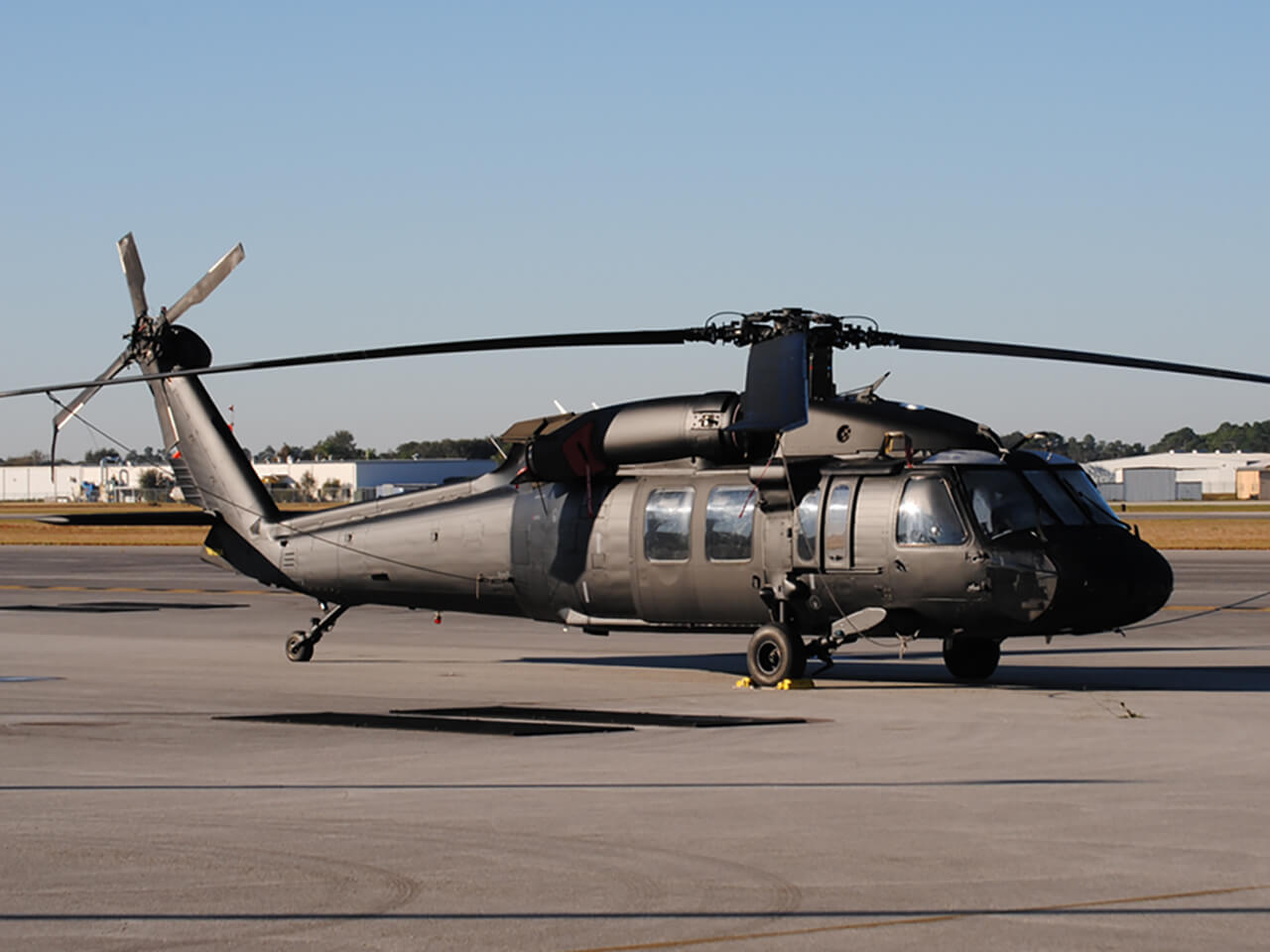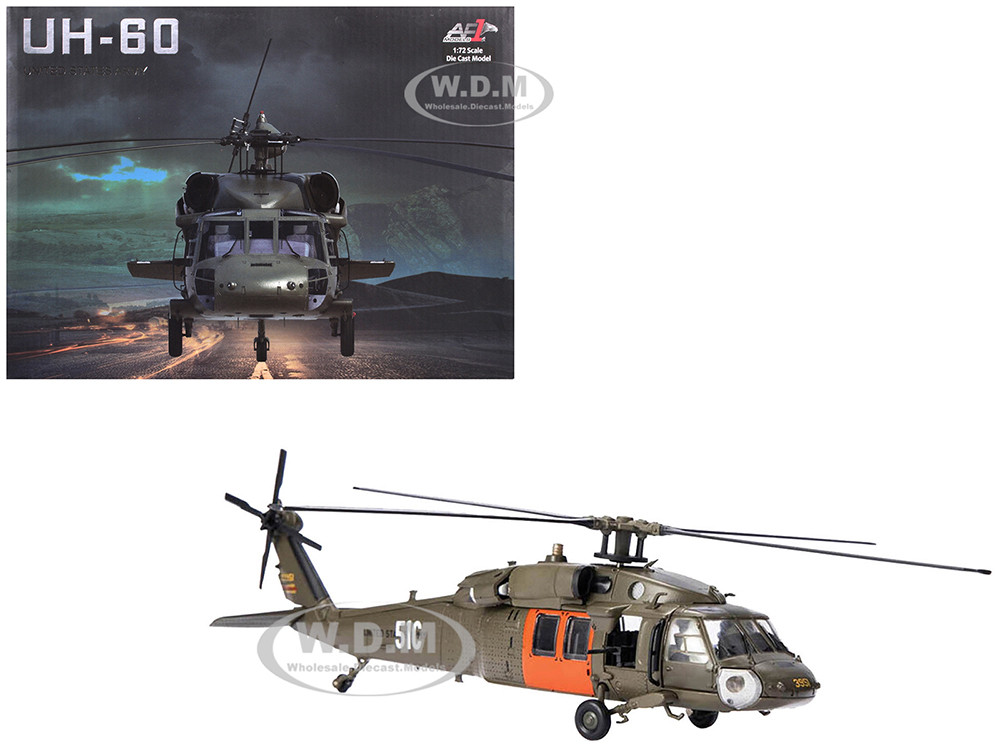The UH 60: A Powerful Helicopter for Search and Rescue, Transport, and Combat
The UH 60: A Powerful Helicopter for Search and Rescue, Transport, and Combat
Blog Article
Whatever You Need to Learn About the UH 60 Helicopter
The UH-60 helicopter, a cornerstone of United state Army aeronautics considering that its launching in 1979, stands for an amazing blend of design and functional convenience. As military needs progress, so too does the helicopter, with ongoing developments intended at improving its capabilities and integrating modern technologies.
History of the UH-60
Developed in the late 1970s, the UH-60 Black Hawk helicopter emerged as a response to the united state Army's demand for a functional utility helicopter that can do a range of goals under tough problems. The catalyst for its layout was the imperfections recognized in the earlier helicopters utilized throughout the Vietnam Battle, particularly in terms of survivability, maneuverability, and rate.
The Black Hawk was made by Sikorsky Airplane, integrating advanced technologies and materials to enhance its performance and resilience. It was formally presented right into solution in 1979, swiftly coming to be an important property for armed forces procedures - uh 60. Its ability to move soldiers, medical emptying, and logistical assistance in both battle and altruistic goals made the Black Hawk an invaluable component of the U.S. Military's aeronautics fleet
Throughout the years, the UH-60 has actually been continually upgraded, adapting to the altering nature of warfare and the advancing requirements of modern-day army procedures. Its functional history includes participation in major problems, peacekeeping missions, and disaster alleviation initiatives, solidifying its online reputation as a dependable and effective helicopter in numerous environments worldwide.

Design and Specs
The style of the UH-60 Black Hawk helicopter regularly reflects a commitment to functional efficiency and convenience. Established by Sikorsky Aircraft, this medium-lift utility helicopter features a streamlined, wind resistant fuselage that enhances speed and ability to move. Its tandem blades system, defined by 2 counter-rotating blades, lessens vibration and increases lift capacity, permitting safer operations in varied atmospheres.
The UH-60 is powered by 2 T700-GE-701C turboshaft engines, providing a maximum rate of around 180 knots and a series of around 400 maritime miles. Its robust airframe is created from sophisticated composite products, guaranteeing durability while maintaining a reasonably reduced weight. The helicopter has a maximum gross weight of about 22,000 extra pounds, sustaining a flexible haul arrangement.

Missions and functions
A functional platform, the UH-60 Black Hawk helicopter offers a wide variety of functions and missions within armed forces operations. Made mainly for army transportation, it can carrying as much as 11 soldiers, making it an essential property for rapid release and logistical assistance.
Along with troop transportation, the UH-60 masters clinical evacuation (MEDEVAC) missions, outfitted with innovative medical devices to give important care throughout transportation. Its capacity to run in diverse environments enhances its efficiency in fight search and rescue (CSAR) operations, where swift removal of personnel is vital.
The helicopter likewise plays a considerable duty in reconnaissance and surveillance objectives, utilizing onboard sensing units and devices to gather knowledge. Its versatility prolongs to logistical support, capable of transporting materials and devices to onward operating bases.
In combat operations, the UH-60 can be furnished with various weapon systems, enabling it to supply close air assistance. Its multi-role ability makes the Black Hawk an important device for modern-day military forces, adjusting flawlessly to the developing demands of combat zone situations and ensuring objective success throughout a variety of functional contexts.
Efficiency and Abilities
Recognized for its durable performance, the UH-60 Black Hawk helicopter boasts excellent capabilities that enhance its functional efficiency throughout different missions. uh 60. This multi-role aircraft is geared up with powerful twin-engine Turbomeca Arriel 1D1 engines, providing remarkable speed and maneuverability, with a maximum cruise speed of about 150 knots and a functional range of around 400 nautical miles
The Black Hawk's advanced avionics and fly-by-wire control systems significantly improve trip safety and security and handling, permitting it to run in varied atmospheres, including damaging climate condition. Its versatility is more exemplified by its ability to lug up click for more to 11 completely equipped soldiers or a payload of around 8,000 extra pounds, making it ideal for army transport, clinical discharge, and logistical support missions.
Additionally, the UH-60 is developed for survivability, including enhanced airframes, ballistic defense for crew and passengers, and progressed countermeasure systems to avert hazards. The helicopter's agility and speed, incorporated with its capacity for quick implementation, make it an essential asset in modern armed forces operations, ensuring that it continues to be a key aspect of tactical air support and battleground mobility.
Future Advancement

One considerable focus is the assimilation of advanced avionics systems, which will certainly boost situational awareness through boosted navigating and interaction capabilities. This consists of the possible usage of expert system to assist pilots in decision-making and objective planning.
Furthermore, future variants might incorporate advanced materials and layout features to boost the helicopter's sturdiness and reduce its radar signature, improving survivability in opposed settings.
The introduction of hybrid-electric Click This Link propulsion systems is additionally imminent, aiming to enhance gas performance and decrease logistical worries. Such innovations could prolong functional variety and reduce the helicopter's ecological impact.

Conclusion
The UH-60 helicopter represents a considerable innovation in military aviation considering that its introduction in 1979. The UH-60's sustaining visibility emphasizes its essential role in contemporary military operations and highlights the continuous development of military aeronautics modern technology.
The UH-60 helicopter, a cornerstone of United state Army air travel since its launching in 1979, stands for a remarkable blend of design and functional adaptability. As army requirements evolve, so too does the helicopter, with continuous innovations aimed at improving its capabilities and integrating modern innovations.The layout of the UH-60 Black Hawk helicopter regularly reflects a dedication to functional efficiency and adaptability. Created by Sikorsky Find Out More Aircraft, this medium-lift utility helicopter features a streamlined, wind resistant fuselage that improves speed and maneuverability.The UH-60 helicopter represents a significant improvement in military aviation considering that its introduction in 1979.
Report this page